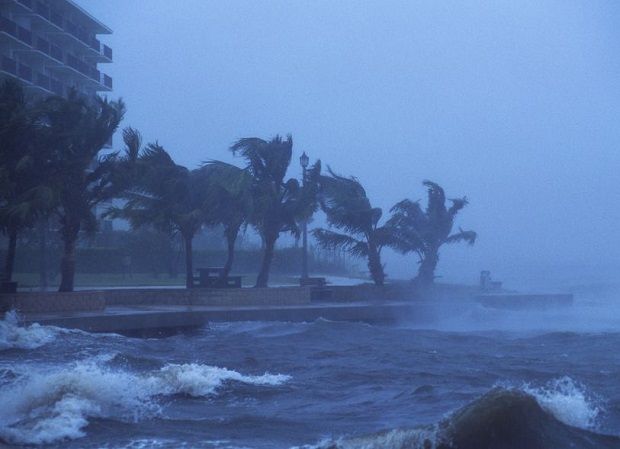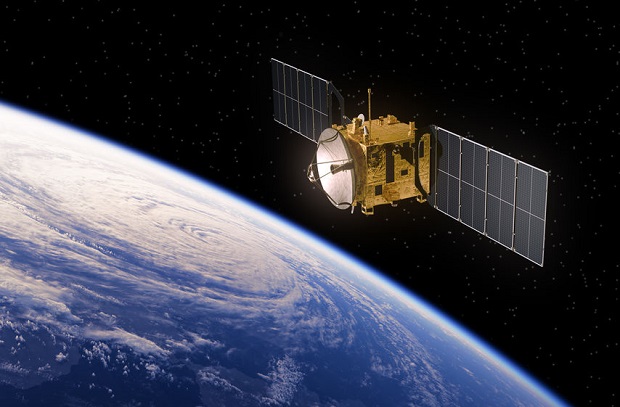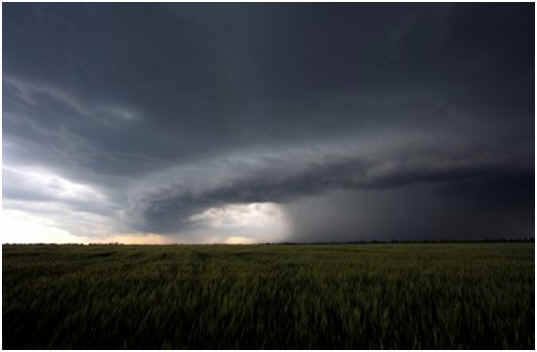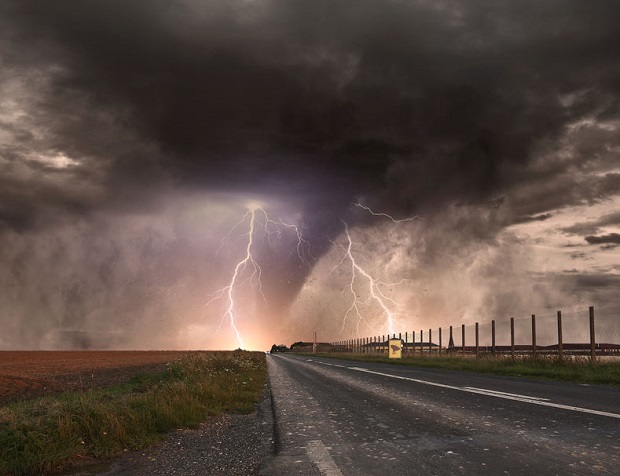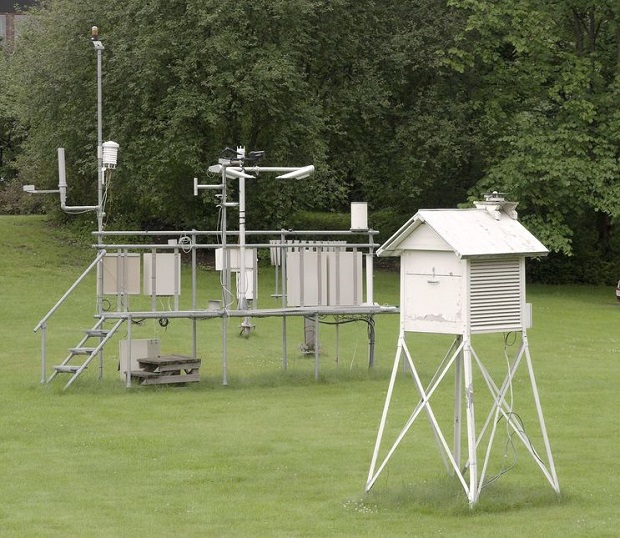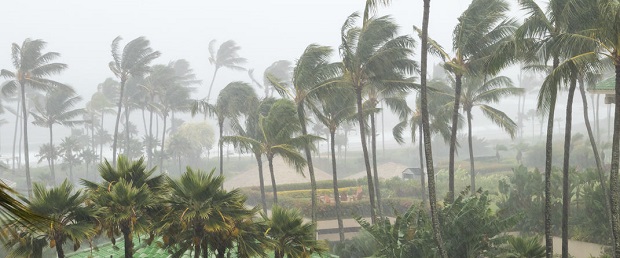
Do Clouds Block UV?
Clouds do not significantly block UV. Clouds are better at blocking visible light than UV rays; unless there is complete cloud cover (no shadows), some harmful UV radiation is still getting through. Under heavy cloud cover, you may be protected from some UV, but partly cloudy conditions are suspected to aggravate UV rays through reflection and diffusion.
Ultraviolet Radiation
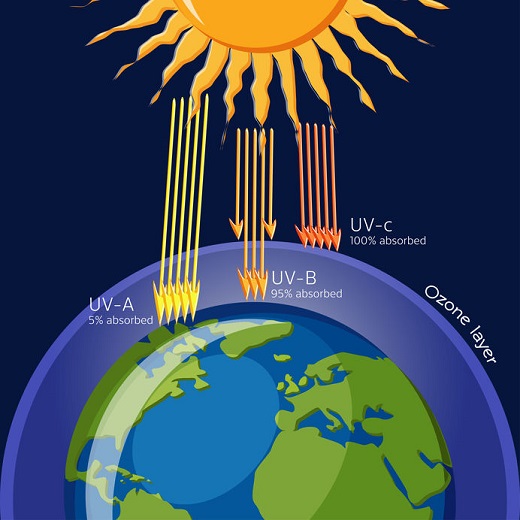
When you go outside during the day, you are actually exposed to two kinds of Ultraviolet light—UVA, linked to long-term skin damage, and the deadly UVB, which directly damage DNA and are thought to cause most skin cancers. The third kind, UVC, does not make it through our atmosphere.
The amount of UV you are exposed to depends on many factors, including the time of year, time of day, elevation, and cloud cover; the EPA maintains a UV index with forecasts for your area. Under heavy cloud cover, you may be protected from some UV, but partly cloudy conditions are suspected to aggravate UV rays through reflection and diffusion.
Cloud Enhancement and Ultraviolet Rays
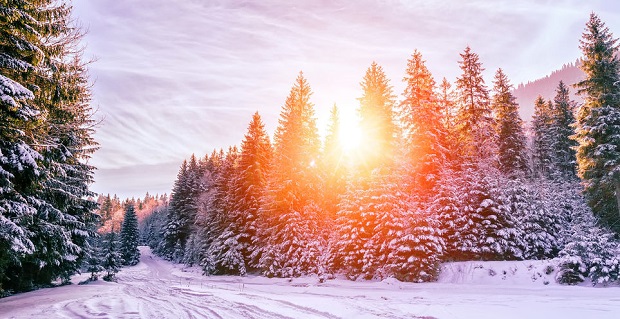
Most clouds block some degree of UV rays. The thicker and denser the clouds, the more UV rays are filtered. But clouds can also enhance the intensity of the ultraviolet rays that reach ground level. How is this possible? Because clouds are made up of tiny water droplets formed around dust, they are highly reflective, making them appear white. Dense cumulus clouds reflect the UV radiation and allow it to bounce off their sides and get through cloud cover, while wispier clouds redirect the rays in all directions. High clouds refracting UV rays and lower clouds reflecting them may significantly increase the UV levels on the ground. The effect can be amplified by haze, fog, and especially snow.
Recent studies have demonstrated that cloud enhancement of UV rays can be as high as 25%. This is exacerbated by some people’s failure to apply sunblock on cloudy days. Even on a completely overcast day, some UV radiation gets through, and on partly cloudy days, your risk for skin cancer and melanoma may actually increase.
Definitions

UV: abbreviation for ultraviolet. Describes
light that has a wavelength which is after the violet (= light purple) end of
the range of colors that can be seen by humans. Light of this type causes the
skin to become darker in the sun.
Cambridge Dictionary
UVA: radiation in the region of the ultraviolet spectrum which extends from about 320 to 400 nm in wavelength and causes tanning and contributes to skin aging.
Merriam-Webster Dictionary
UVB: radiation in the region of the ultraviolet spectrum which extends from about 280 to 320 nm in wavelength and is primarily responsible for sunburn, skin aging, and skin cancer development.
Merriam-Webster Dictionary
UVC: radiation in the ultraviolet spectrum, which extends from about 200 to 280 nm in wavelength and is more hazardous than UVB but is mostly absorbed by the earth’s upper atmosphere.
Merriam-Webster Dictionary
Expert Opinion

“Investigators have known since
1964 that clouds can have paradoxical effects on incident UV radiation. In more
than a dozen studies since then, every data set includes at least some examples
of what is known as cloud enhancement
of UV.”
Sunshine
on a Cloudy Day Scientific
American
Resources
Cancer.org -What Is Ultraviolet Radiation?
American Scientist – Sunshine on a Cloudy Day
Herman, J.R. et al.Ultraviolet radiation at the Earth’s surface
Scientific Assessment of Ozone Depletion:1998, Global Ozone Research and MonitoringProject–Report No. 44
